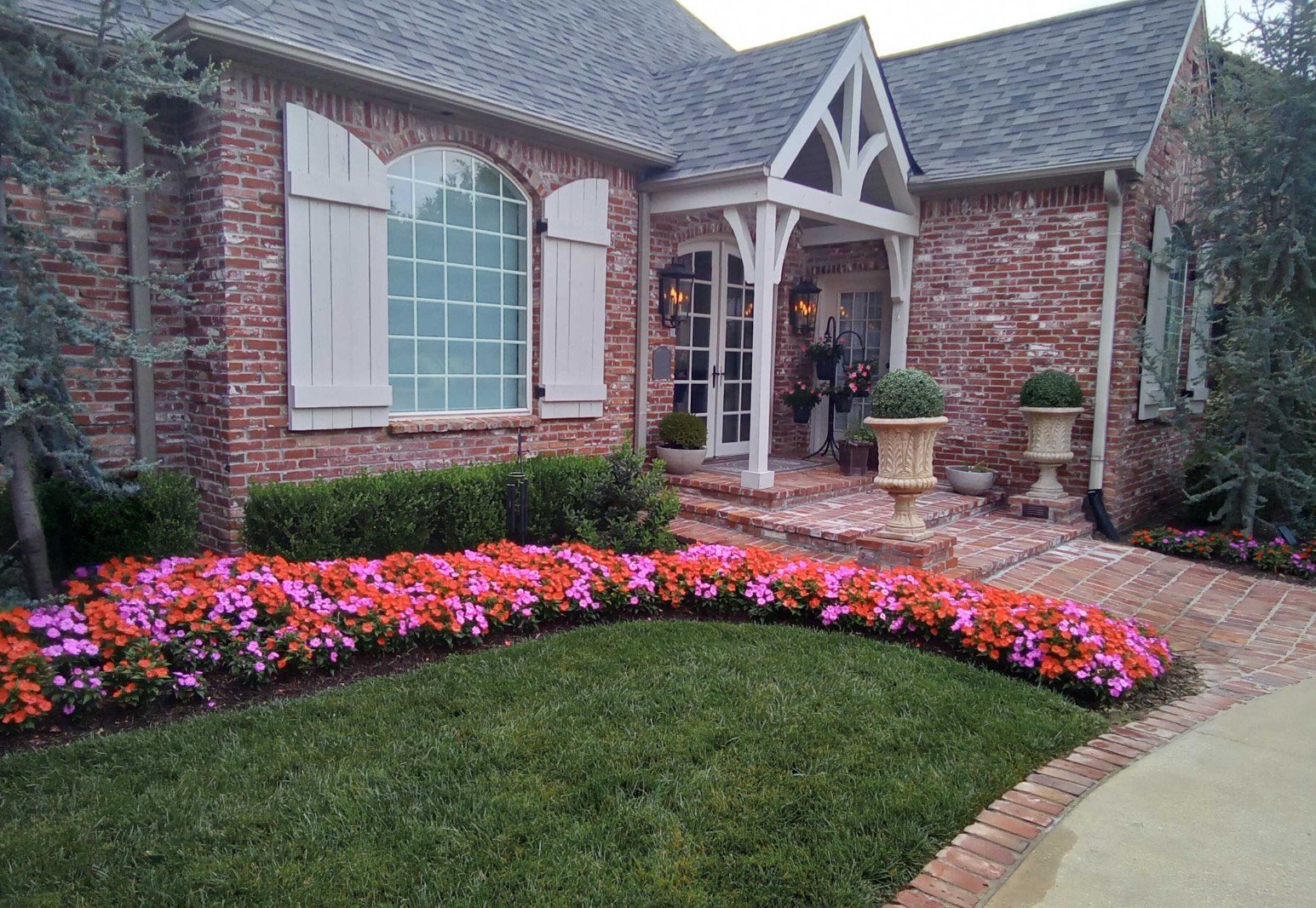Landscape Design and Irrigation System Solutions in Fayetteville, AR: A Perfect Pairing for Your Yard
Landscape design and irrigation system solutions in Fayetteville, AR, work together to ensure a thriving outdoor space. A thoughtful design brings structure, color, and movement, while a well-planned irrigation system delivers the right amount of water where it’s needed. Without both elements in place, plantings can struggle, and water can go to waste, leaving an outdoor space that feels incomplete.
Related: Top Features of a Luxury Outdoor Kitchen for Cave Springs and Elm Springs, AR Homes
Irrigation Complements the Landscape’s Layout
A landscape designer can consider every element of an outdoor space before selecting plantings, hardscapes, and irrigation solutions. Natural stone walkways, retaining walls, and plant beds need to work in harmony with softscape features to create an environment that feels balanced. The placement of trees and shrubs affects shade and sun exposure, influencing how water moves through the space. An irrigation system accounts for these details, ensuring plants receive consistent hydration without pooling water in low-lying areas.
Water movement across the terrain also plays a critical role in ensuring long-term success. Poorly managed water flow can lead to erosion, flooding, or dry patches that limit plant growth. A landscape designer can incorporate irrigation as part of a complete strategy that works with the terrain, rather than against it. Without this level of planning, even the most well-designed plant beds or seating areas may not reach their full potential.
The Right Irrigation Method Makes a Difference
Drip irrigation and sprinkler systems support different aspects of a landscape. Drip irrigation provides slow, steady hydration at the root level, making it ideal for trees, shrubs, and flower beds. Sprinkler systems deliver water across larger areas, reaching expansive plantings and ground cover efficiently. Both types of irrigation integrate with an overall design to support plant health while avoiding overwatering.
A combination of irrigation methods often works best, ensuring that deep-rooted plants receive targeted hydration while widespread plantings get the consistent moisture they need. A landscape designer can select the right system for each section of the space, factoring in plant species, soil type, and environmental conditions. Proper zoning within an irrigation system prevents water from being wasted on areas that require less frequent watering, allowing for a more sustainable approach.
Related: How Lawn Care and Lawn Fertilization Keep Your Fayetteville, AR Lawn Thriving
Irrigation Adjusts to the Terrain
A well-planned irrigation system adjusts for the unique characteristics of the terrain. Sloped areas need different watering techniques than flat expanses, and soil composition affects how quickly water absorbs. Clay-heavy soil retains moisture longer, while sandy soil drains quickly. A system designed with these factors in mind delivers the right balance of hydration, preventing excess runoff and ensuring deep root growth.
In landscapes with elevation changes, gravity affects how water disperses. Without the right adjustments, water can collect at the base of slopes, leaving higher areas too dry. A landscape designer can account for these challenges by incorporating irrigation zones that adjust water output based on location. This prevents common issues like plant stress due to over- or underwatering in different sections of the outdoor space.
Hardscapes Shape Water Flow
Hardscape features such as retaining walls and natural stone walkways shape the way water moves through an outdoor space. Without careful planning, water can pool near structures or erode soil around plantings. An irrigation system designed to work with these features keeps water directed where it belongs. Strategic placement of drainage solutions can further support the landscape by redirecting excess water away from plant beds and seating areas.
Retaining walls can help slow down water movement in sloped landscapes, preventing erosion and soil displacement. Walkways and seating areas should be positioned with water flow in mind, avoiding areas prone to excessive moisture. Without an irrigation plan that takes these details into account, standing water can create problems that affect both plant health and structural integrity over time.
Related: Create the Ultimate Outdoor Dining Experience With a Stunning Outdoor Kitchen in Tontitown, AR

